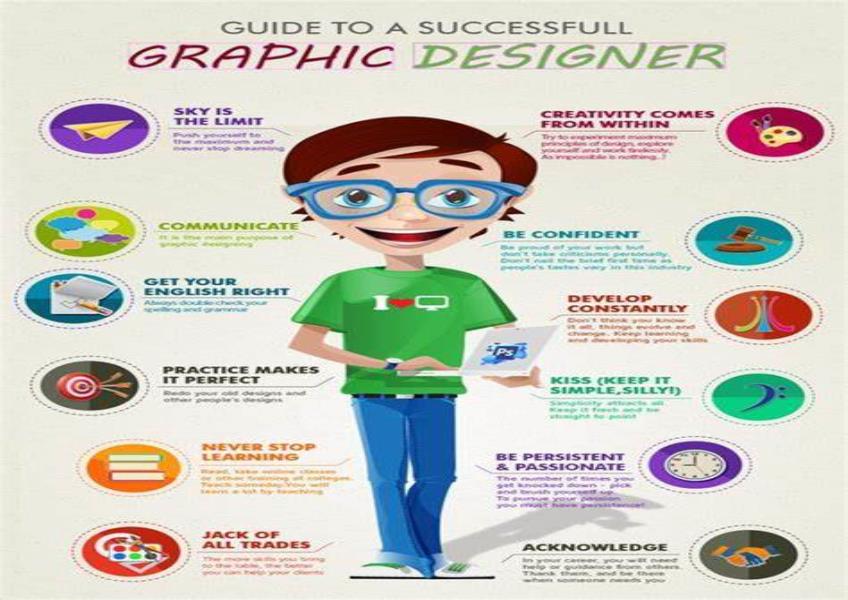Get the latest updates From BL Soni College Bhilwara

What is a mood board and how is it used in graphic design
A mood board is a visual tool used in graphic design and various creative fields to communicate and explore the overall aesthetic, mood, and visual direction of a project. It is a collage of images, colors, typography, textures, and other design elements that help convey the desired look and feel of a design or creative endeavor. Mood boards are often created at the beginning of a project as a reference and source of inspiration for designers and clients. Here's how mood boards are used in graphic design: Idea Generation: Mood boards serve as a starting point for generating ideas and concepts. Designers can collect and arrange visual elements that reflect the project's theme, style, and objectives. This helps in brainstorming and conceptualization. Visual Inspiration: Mood boards provide visual inspiration and a reference point for the design process. They help designers and clients get on the same page regarding the visual direction and aesthetics of the project. Establishing a Visual Language: Mood boards help in defining a consistent visual language for a project. By selecting and arranging images and design elements, designers can establish a cohesive look and feel that will be carried through to the final design. Client Communication: Mood boards are valuable tools for communicating design ideas to clients or stakeholders. They make it easier for clients to understand the designer's vision and provide feedback early in the process. Color Palette Selection: Mood boards often include color swatches or palettes that indicate the color scheme to be used in the project. This helps ensure that the chosen colors evoke the desired mood and convey the project's message effectively. Typography Exploration: Designers can experiment with different typefaces and typography styles on mood boards. This aids in selecting fonts that align with the project's aesthetics and readability requirements. Texture and Pattern Consideration: Mood boards can incorporate textures, patterns, and materials to explore how they might be used in the final design. This is particularly important for projects involving print or physical materials. Consistency and Branding: For branding projects, mood boards help establish and maintain brand consistency. They ensure that all design elements, from logos to marketing materials, adhere to the same visual identity. Project Focus: Mood boards help keep the project on track by serving as a visual reference. Designers can refer back to the mood board throughout the design process to ensure that the final output aligns with the initial vision. Creative Collaboration: Mood boards facilitate collaboration among design teams or with clients. They enable designers to share and discuss visual ideas, gather feedback, and make collective decisions. Mood boards can be physical, created using printed images and materials on a board or paper, or digital, assembled using graphic design software or online tools. They are a valuable tool for designers to explore, refine, and communicate design concepts, ultimately leading to more successful and visually compelling projects.


